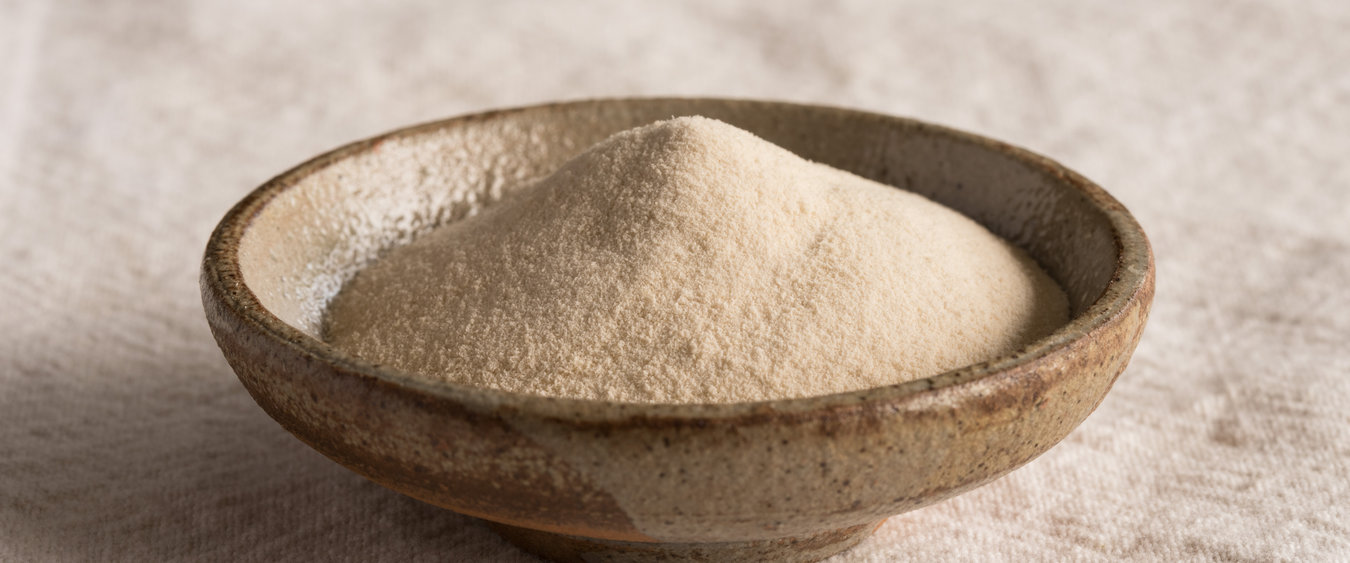Gelatin is extracted by partial hydrolysis of the collagen present in the hides, tendons and bones of pigs, cows and chickens or from the skin and scales of fish. By utilizing these nutritional and functional rich raw materials from meat or fish by-products, gelatin helps avoid waste in the food supply chain and joins the circular economy.
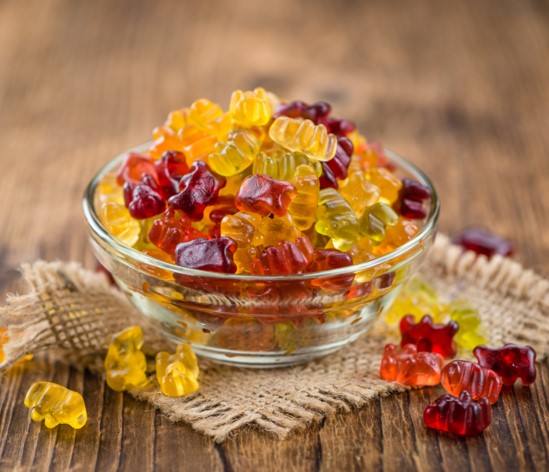



Read also: the gelatin manufacturing process
So that’s the short answer: gelatin is a natural protein sourced from collagen – that’s why it’s classified as a food ingredient and not an additive requiring an e-number.
Origins of gelatin
The modern gelatin industry has spent a couple of hundred years refining gelatin extraction methods to improve yields, reduce waste and raise quality and safety; expand functions and applications and improve nutritional qualities across multiple sectors.

It’s a pretty remarkable body of work and one that would no doubt impress our cave-dwelling ancestors who 8,000 years ago worked out boiling down animal hides and bones made a useful glue for clothes, furniture and tools. Gelatin was born as a man-made substance in the caves of that epoch.
Many centuries later, ancient Egyptians realized certain bone-based broth extractions when cooled could be eaten – and so on the plains of the Nile Delta 5000 years ago, gelatin was born as a foodstuff. A foodstuff with a direct line to modern-day chicken soup recipes cooked by Grandma to comfort us on cold Winter nights!
Read also: History of gelatin
From raw collagen to gelatin
As Grandma (or anyone else) who has boiled bones for a soup or noticed the jelly-like substance left in the roast chicken or pork baking tray in the comfort of their own kitchen will know, the gelatin is released in the jelly or sauce. It’s part of the regular cooking process.
Whenever you cook meat on the bone or with skin, you are essentially processing collagen into gelatin. The gelatin you eat out of the roast chicken tray at home is made of the same stuff as the gelatin powder used in food products.
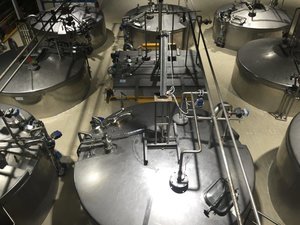
That said, industrially hydrolyzing gelatin from raw collagen as Rousselot does, has benefitted from centuries of refinement, scale-up and standardization.
At the industrial scale, each collagen-to-gelatin extraction stage has been isolated and perfected (and governed by strict regulations). These steps include: pretreatment, hydrolysis, extraction, filtration, evaporation, drying, grinding and sifting.
Gelatin properties
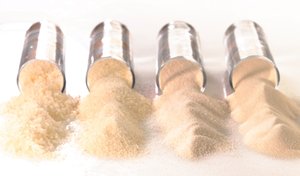
The result is high-quality gelatin in multiple forms from the soluble powders favored in industrial applications to the gelatin powders or gelatin leaves that find their way into domestic cooking spaces the world over.
The different types of gelatin powders arrive in a variety of grain sizes or mesh or gel strengths (also known as bloom or viscosities) while having quasi-odorless, flavorless and colorless sensory properties.
Energy-wise, 100 g of gelatin typically carries about 350 calories
Gelatin amino acid profile

The gelatin protein contains 18 amino acids, including eight of the nine essential amino acids needed by the human body.
Glycine, proline and hydroxyproline are the most common, between them accounting for about half of the amino acid content.
Others include alanine, arginine, aspartic acid and glutamic acid.
Gelatin facts
Gelatin fake news? Not here. A few facts about gelatin…

- Gelatin is a pure protein and not a fat. People may think it is a fat due to its gelatinous properties and the fact it melts at 37°C (98,6 F), thus giving a mouthfeel similar to that of full fat products. Because of this, it is used to replace fat in some dairy products.
- Gelatin is a natural food ingredient requiring no e-number as do many artificial additives.
Gelatin is thermo-reversible. Depending on the temperature it can move between a liquid and gel state and back without damage.
Gelatin is animal-sourced and cannot be vegetarian by definition. Vegetarian versions of gelatin are really another ingredient category as they do not possess the gold-standard sensory properties and diverse functionality of animal-sourced gelatin.
Pig, cow, chicken and fish-sourced gelatin is safe, clean label, non-GMO, cholesterol-free, non-allergenic (except fish) and gastro-friendly.
Gelatin can be halal or kosher.
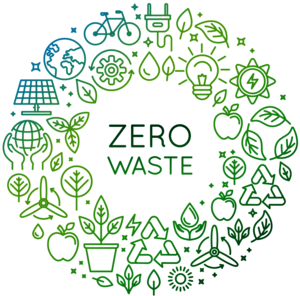
Gelatin is a sustainable ingredient that contributes to the circular economy: it is sourced from animal bones and skins to responsibly use all parts of the animal aimed at human consumption. Additionally, all by-products from Rousselot operations, whether proteins, fats or minerals are upcycled to the feed, pet food, fertilizer or bioenergy sectors.
Gelatin uses include gelling, foaming, film-forming, thickening, water-binding, emulsifying, stabilizing, adhesion and fining.
Aside from its core food, pharma, nutraceutical, cosmetic and photographic applications, gelatin is used in medical devices, wine-making, musical instrument manufacturing and more.
